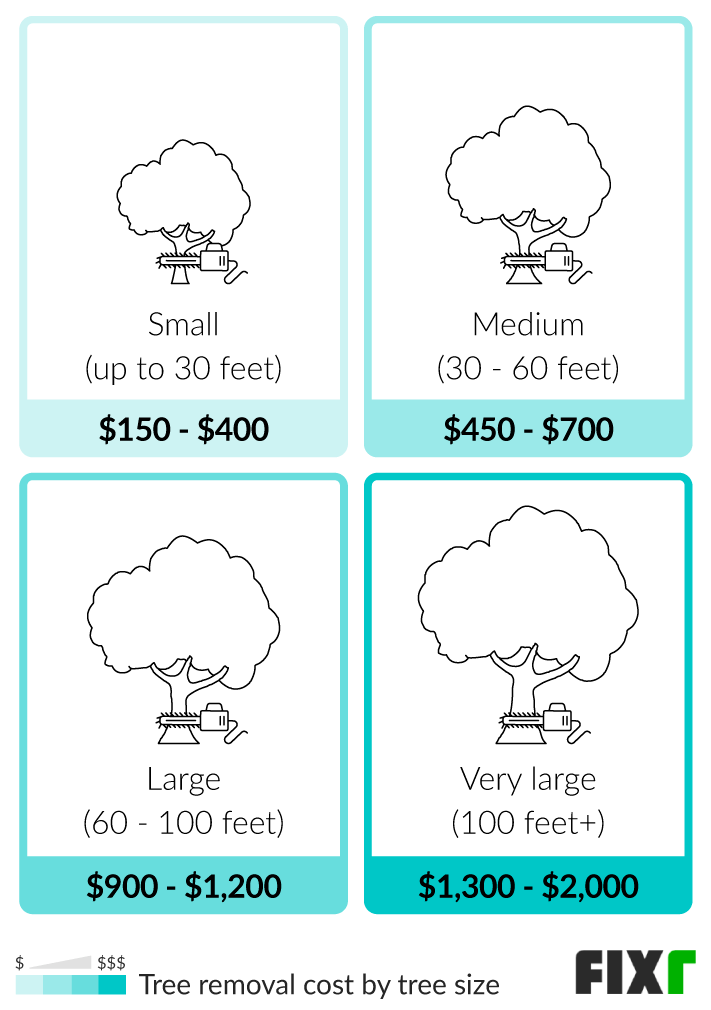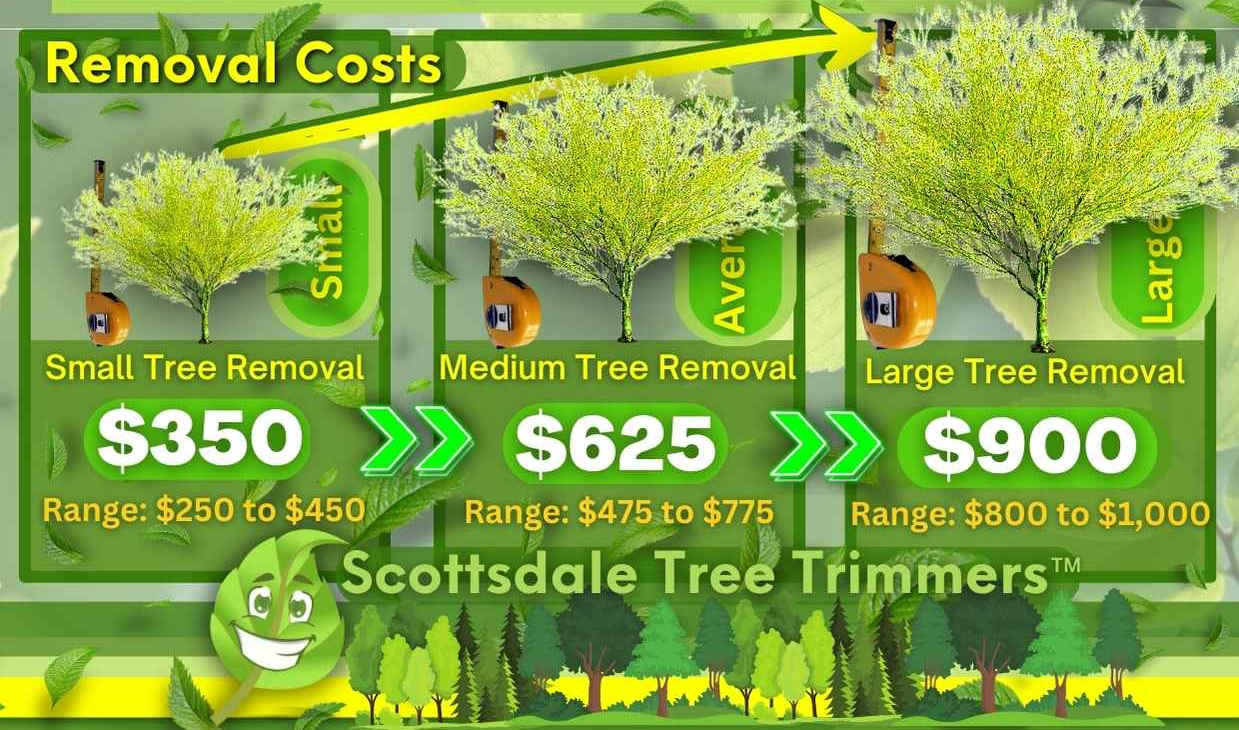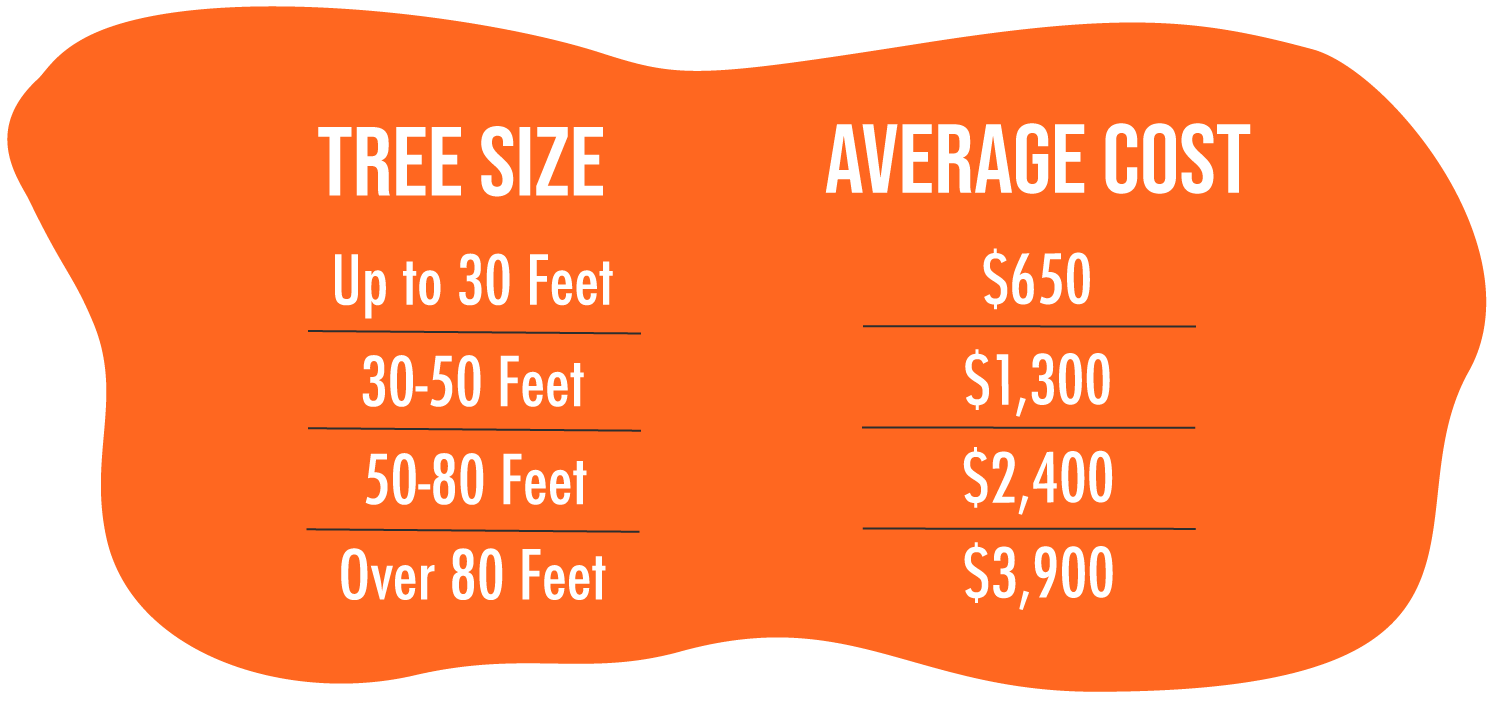Featured
Table of Contents
- – Lowell, AR Tree Service Costs: Complete Guide
- – Lowell, AR Tree Removal Success Stories: Costs
- – Lowell, AR Tree Trimming: What Not To Pay
- – Seasonal Stump Removal Prices In Lowell, AR
- – No-Obligation Tree Trimming Estimates In Lowe...
- – Lowell, AR Stump Grinding Upgrade Programs: C...
- – Lowell, AR Tree Clearing: Actual Costs
- – Save On On An Tree Clearing In Lowell, AR
- – Lowell, AR Stump Grinding Assessment Costs
- – Highest-Rated Tree Service Reviews In Lowell...
- – Lowell, AR Tree Clearing Installation Price ...
- – Lowell, AR Stump Grinding Loyalty Programs
- – Accessible Tree Trimming Costs In Lowell, AR
- – What Affects Stump Removal Costs In Lowell, AR
- – Lowell, AR Stump Grinding No Hidden Fees

The subsections listed below provide more detailed details about rates, including a typical range for each. TypeAverage Removal CostPineConiferPalmMagnoliaArborvitaeAshCedarSweet GumEucalyptusSycamoreCypressOakMaplePoplar You can expect to pay in between to get rid of a pine, depending upon its size. Getting rid of a pine is among the more cost effective jobs unless it is one that has been around for several years and is rather big.
Lowell, AR Tree Service Costs: Complete Guide
Pines also have a tap root that grows deep into the soil, which can prove to be harder to remove. The process itself involves a specialist cutting the tree, clearing the base, cutting the surface area roots, getting rid of the stump, and finally dealing with the soil. Without a professional hand, you run the risk of leaving pine seedlings behind, which will fall from the roots of distressed pines.
Lowell, AR Tree Removal Success Stories: Costs
The U.S. nationwide average for conifer removal is around to have the conifer lowered, transported away, and the stump ground or eliminated completely. Conifers are normally easier to remove, and although they can grow rather tall, they do not cost a fortune to eliminate. Conifers include pine, spruce, fir, and juniper trees.
Lowell, AR Tree Trimming: What Not To Pay
While conifers are beautiful, they eliminate native plants and particular types of turf (tree service). The average cost of palm removal depends on the height as much as the type, varying from.
Seasonal Stump Removal Prices In Lowell, AR
That is why it is essential to know which type you are getting rid of. While you do not need an herbicide to eliminate a palm tree, there are some steps your elimination specialist will have to require to make sure the job is done correctly. There are two methods they can eliminate them: by chopping them down or digging them up.
No-Obligation Tree Trimming Estimates In Lowell, AR
From there, they eliminate the real tree and then the stump. Anticipate to pay in between to remove this type of tree, depending on the exact size and information of the job.
Lowell, AR Stump Grinding Upgrade Programs: Costs
There are 3 types: green, white, and black ash. White ash is understood for its many colors. With its gray-tinged bark, its leaves are green or purple in the spring and golden yellow or purplish-red in the fall. They delight in moderate environments and lots of sun. The green ash is called such due to its green or yellow foliage.
Lowell, AR Tree Clearing: Actual Costs

The bark is softer, and it blooms later on in the year - arborist. Due to the variation in height, the elimination price difference is broad from. A coniferous, evergreen tree, the cedar is a hardy types. True cedars enjoy higher altitudes, generally in the Himalayas and the Mediterranean. A real cedar can grow as high as 160 feet in height and is often planted in the United States as a landscape option.
Save On On An Tree Clearing In Lowell, AR
The development of incorrect cedars differs from 50 feet approximately 230 feet high. Homeowners might pay anywhere from, depending on the roots. With star-shaped leaves and sensational fall colors, the sweet gum is thought about a medium to large tree. Delighting in complete sun, the sweet gum can not endure contamination.
Lowell, AR Stump Grinding Assessment Costs
Generally, it costs in between to remove a eucalyptus. Eucalyptus are not typical all over, however they are quite large compared to others, which is why even the smaller ones are so costly to remove.
Highest-Rated Tree Service Reviews In Lowell, AR
There are a handful of ways to do this, including burning, pulling, grinding, or killing them with herbicide. Expect to pay between to get rid of sycamores, based on the height, trunk size, and amount of work included. Sycamores are among the largest wood trees, generally varying from 60 to 100 feet high and as broad as 15 feet.
Lowell, AR Tree Clearing Installation Price List
The first 2 actions will expose the withins of the tree and cut off the circulation of nutrients up the trunk. From there, a professional applies herbicide to kill the tree and cuts down the trunk.
Lowell, AR Stump Grinding Loyalty Programs
There are numerous different kinds of Cypress trees, however the most common are the Leyland, Arizona, Bald, and Italian. The Bald Cypress grows in swampy or extremely damp locations while the others take pleasure in a dry, warm, or hot environment (stump grinding). They can grow as tall as 80 to 100 feet high
Accessible Tree Trimming Costs In Lowell, AR

Prone to illness, the Cypress is one of the most valued woods for furnishings. The typical oak grows to around 60 feet, and depending upon the complexity of the removal, it costs an average of to eliminate. The precise size of your oak and the effort required to fell it impact what you will in fact spend for elimination together with any additional services like stump grinding.
What Affects Stump Removal Costs In Lowell, AR
Access to the trees and the roots will likewise affect the total expense. Maples can quickly grow up to 100 feet or more and usually expense in between to remove from your home. The last cost depends upon the real height and intricacy of the job. Maples are typically amongst the more pricey trees to get rid of due to the fact that of their size and the work associated with the elimination.
Lowell, AR Stump Grinding No Hidden Fees
Poplars are giants of the species. Growing as high as 90 to 115 feet, these massive woods are generally found in The United States and Canada and include the aspen, cottonwood, and balsam trees. Boasting an extensive root system, poplars can be pricey to get rid of when fully grown. The process to remove trees includes all the trimming and cutting of the branches and trunk, bringing it down to a stump.
Table of Contents
- – Lowell, AR Tree Service Costs: Complete Guide
- – Lowell, AR Tree Removal Success Stories: Costs
- – Lowell, AR Tree Trimming: What Not To Pay
- – Seasonal Stump Removal Prices In Lowell, AR
- – No-Obligation Tree Trimming Estimates In Lowe...
- – Lowell, AR Stump Grinding Upgrade Programs: C...
- – Lowell, AR Tree Clearing: Actual Costs
- – Save On On An Tree Clearing In Lowell, AR
- – Lowell, AR Stump Grinding Assessment Costs
- – Highest-Rated Tree Service Reviews In Lowell...
- – Lowell, AR Tree Clearing Installation Price ...
- – Lowell, AR Stump Grinding Loyalty Programs
- – Accessible Tree Trimming Costs In Lowell, AR
- – What Affects Stump Removal Costs In Lowell, AR
- – Lowell, AR Stump Grinding No Hidden Fees
Latest Posts
Sequim, WA Tree Trimming Package Prices
How Much Does It Cost To Hire A Stump Removal In Mandeville, LA
Bellevue, OH Arborist: Worth The Cost
More
Latest Posts
Sequim, WA Tree Trimming Package Prices
How Much Does It Cost To Hire A Stump Removal In Mandeville, LA
Bellevue, OH Arborist: Worth The Cost